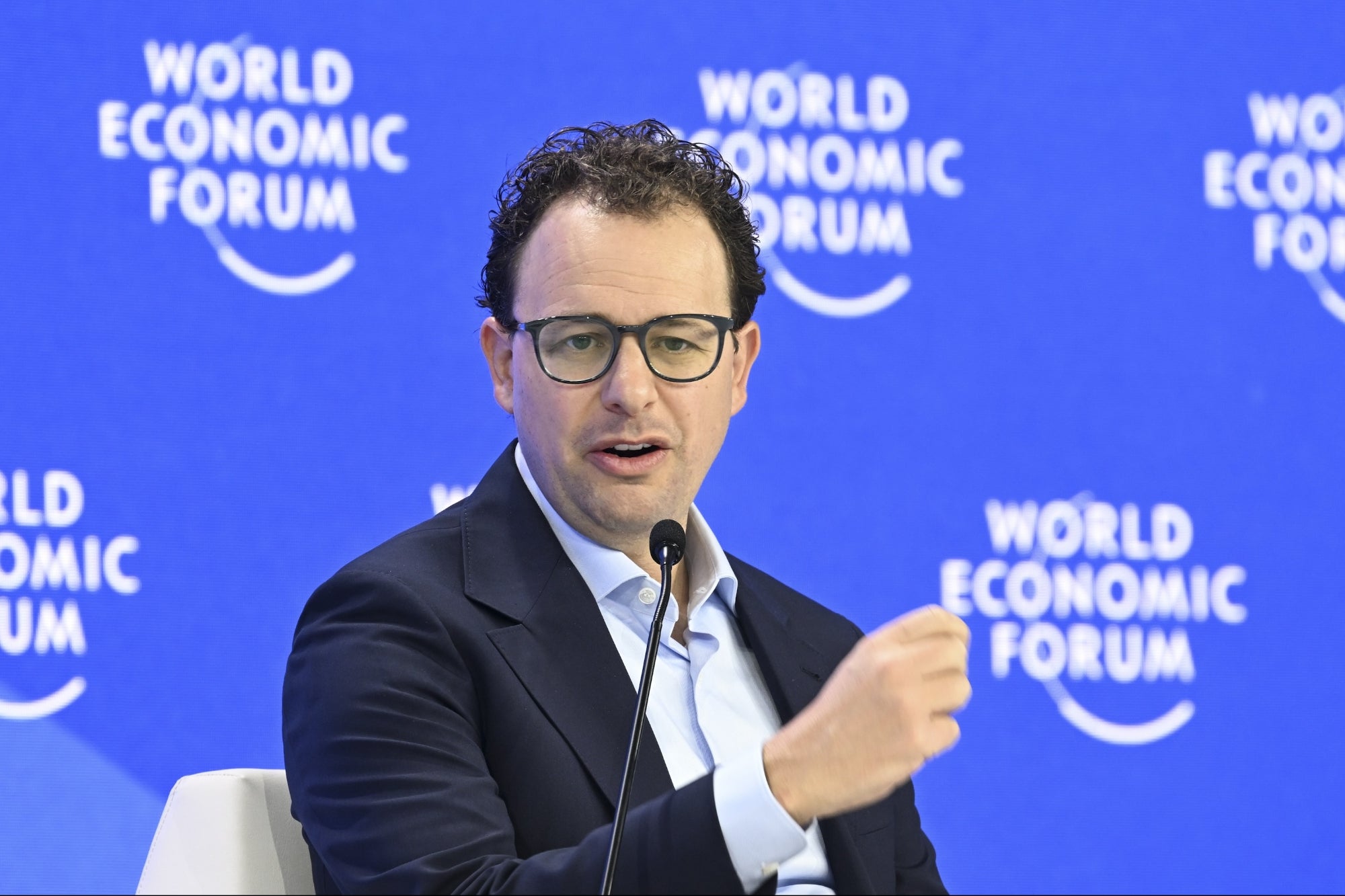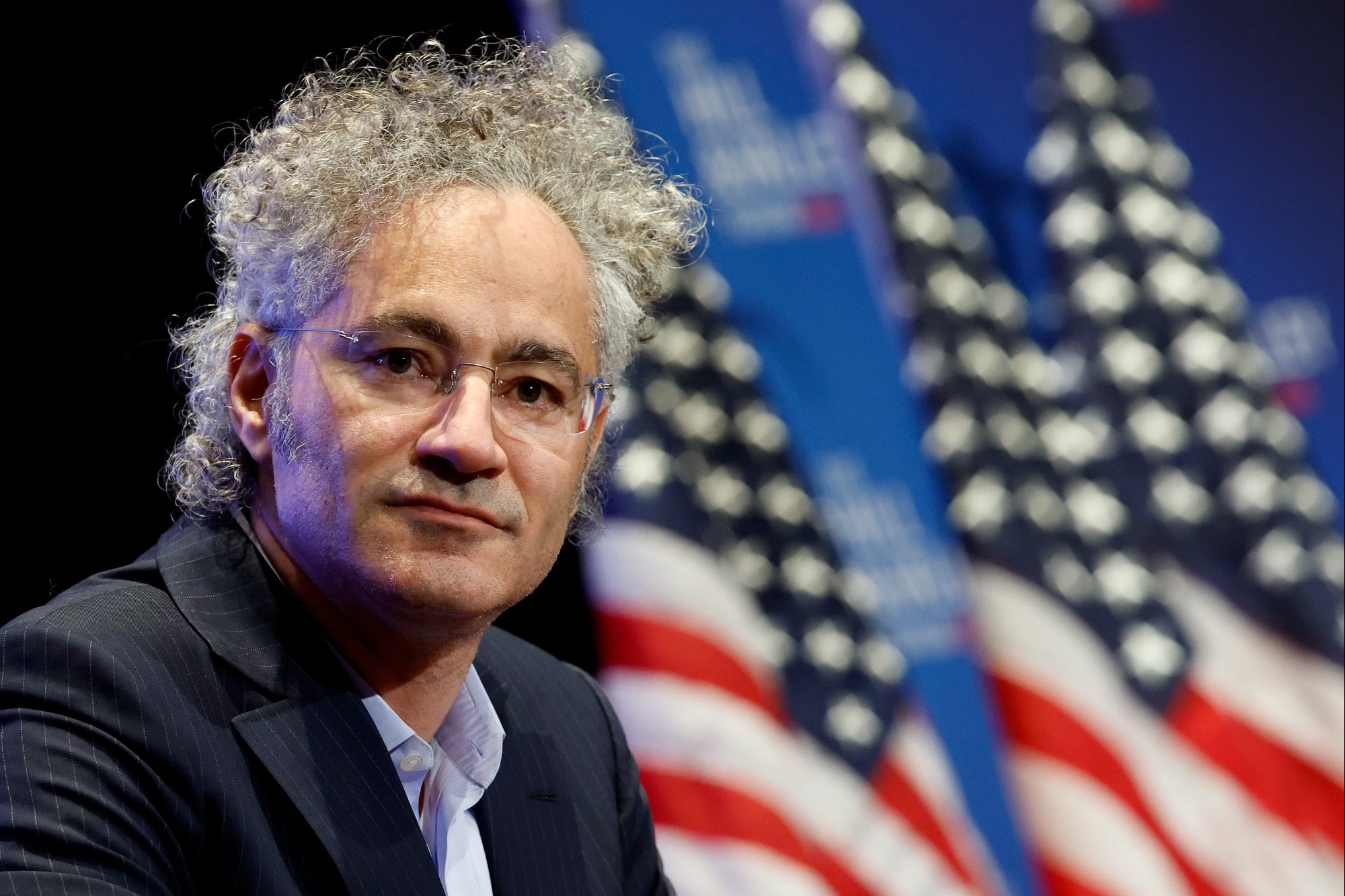Why You Should Ditch Data Visualization for Audio While data visualization is a great way to show off your data, incorporating audio can also do the trick.
By Drew Skau
This story originally appeared on Visual.ly
Data visualization is a great way to show off your data. It reveals patterns and trends, and can grab attention better than a table of numbers. But vision isn't the only sense we can use to get a feel for data. Hearing can also be a great way to input data into our brains.
In our brain, visuals are processed extremely quickly, and we are in control of the order that we look at things. Good design helps to guide the eye through a layout, helping to ensure that people get the experience that the creator wants. Without a clear visual hierarchy, every viewer's experience will vary widely, and many things will be seen out of order. Even with a good design, people take different amounts of time at each portion of the visual, so a consistent timeline is impossible to guarantee.
Audio, however, has to be experienced linearly through time. The sounds a user hears happen in the same order and at the same temporal intervals as anyone else listening to the same audio. This can be good for creators because they can be certain about that part of the user's experience. This makes audio similar to animation in some ways. It means that assigning data to the temporal aspect of audio can be a good way to communicate it to someone.
Related: The World of Big Data Is Now Open to Small Companies
Time is an extremely strong part of how we experience the world, and since audio is experienced linearly through time, it makes sense to assign data's time variables to the duration of tones or silence in audio. This is exactly the method that most auralizations or sonifications use. Some approaches collapse the timescale so that we experience a long period of data in a short timespan.
The collapsed timeline helps Feeling the Crunch of the Deadline make us feel the fervor of work as deadlines approach and people begin devoting all of their time toward their submissions:

Collapsed time also makes The US Open Sessions much more digestible. The artistic recap's summarized views lack the complete action that a full game has, and focus only on moments that change a player's standing in the match, so condensing the timescale helps keep the recaps entertaining.

Related:
Sometimes it's more important to preserve a timeline exactly. The New York Times opted to preserve the timescale at the end of their video on Usain Bolt's Gold in the 100 Meter Sprint. This helps communicate how close each winner of the 100 meter sprint has been to the other winners through the years.
For events that are going on right now, it also makes sense to keep the timescale the same. That helps show the real frequency of events, like how often someone makes an edit to Wikipedia.

Expanding a timeline to make it longer is also possible, however the use cases for that are far less common. Usually when events happen with rapid succession, the important thing to communicate is how rapidly they happened, so it doesn't make sense to slow them down. Overall, when the temporal spacing of events is important, auralization can be an effective communication method.
Related:










